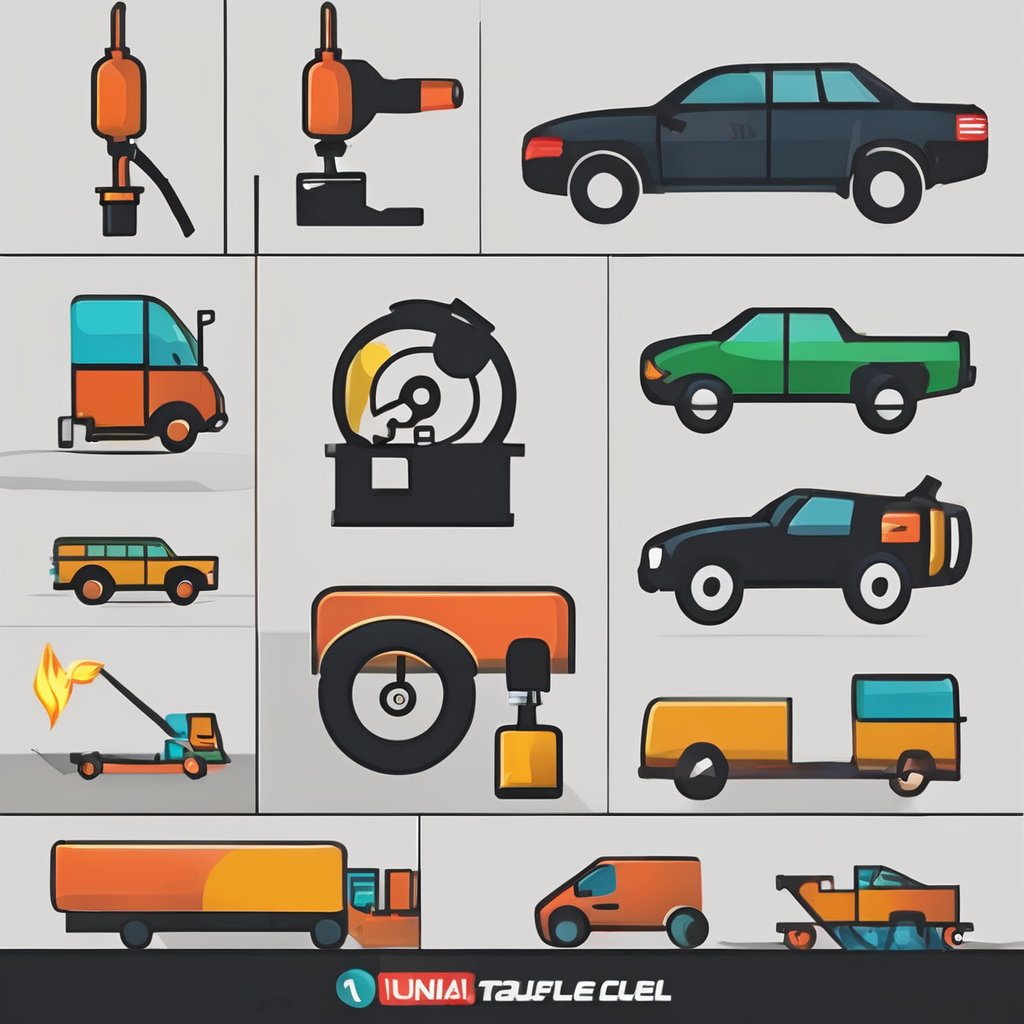Understanding Road Rage
Road rage is an intense emotional reaction often rooted in frustration or anger while driving. This phenomenon, particularly prominent in the UK, can result in unsafe driving conditions. Several factors, including traffic congestion and perceived personal slights, can trigger road rage, leading drivers to engage in aggressive behaviours. Understanding the psychological effects of such situations is crucial for both drivers and policymakers.
Psychological Effects
Experiencing road rage can have severe psychological effects, causing increased stress and anxiety. These feelings can linger beyond the road and affect an individual’s overall emotional well-being. Drivers who often encounter stress while driving may experience heightened irritability and anger, impacting their mental health over time. Scientific research indicates that stress-related hormones like cortisol are released during such episodes, which can exacerbate tension and frustration, making it essential for drivers to recognize and mitigate these effects.
In the same genre : Maximize your vehicle”s towing potential: a comprehensive guide to complying with uk regulations
Importance of Emotional Regulation
Emotional regulation plays a pivotal role in managing road rage. Techniques that focus on regulating one’s emotions can significantly reduce the incidence of aggressive driving behaviour. Incorporating strategies like deep breathing, mindfulness, and positive visualization can help drivers maintain a calm demeanour. Moreover, being aware of personal triggers and practising these techniques regularly can lead to more controlled and composed responses during stressful driving conditions, ensuring safer roads for everyone.
Practical Techniques for Staying Calm
While driving, staying calm is essential. Incorporating stress relief techniques can significantly transform your driving experience. Among these techniques, mindfulness driving offers a compelling tool to combat stress and road rage. By maintaining present moment awareness and focusing on the road rather than distractions, drivers can reduce anxiety and the likelihood of aggressive responses.
Have you seen this : Ultimate guide to winter-proofing your diesel engine for uk vehicles
Mindfulness in Driving
Practising mindfulness while driving ensures that you remain focused and present. Engaging fully with the act of driving diminishes stress and helps you react appropriately to potential road rage triggers. This method enhances concentration and allows you to become more aware of your surroundings, ultimately promoting safer driving.
Deep Breathing Techniques
Another effective stress relief technique includes deep breathing. Simple exercises, such as taking slow, measured breaths, help in relaxing tense muscles and lowering stress levels. Before starting your trip, try inhaling deeply through your nose, holding for a few seconds, and exhaling through your mouth.
Positive Visualization
Positive visualization is a strategy that involves imagining successful outcomes. Before hitting the road, take a moment to picture a smooth, calm journey. Visualizing peaceful outcomes can alleviate stress and prepare you mentally to handle any difficult situations calmly.
Awareness of Surroundings
Understanding situational awareness while driving is crucial, particularly on the motorway. By staying alert to the changing environment, drivers can preemptively manage potential hazards, minimising the risk of road rage incidents. Situational awareness entails knowing what is happening around you at all times and being ready to respond appropriately.
Defensive Driving Strategies
Adopting defensive driving strategies plays a significant role in avoiding conflicts. This approach involves anticipating other drivers’ actions, maintaining safe distances, and being prepared for unexpected moves. Recognising signs of aggressive driving in others is essential. By doing so, drivers can adjust their actions to ensure their safety and the safety of others.
Recognizing the Signs and Triggers of Road Rage
Being able to identify signs and triggers of road rage is key to maintaining road safety. Common indicators include frequent honking, tailgating, and erratic lane changes. Understanding these behaviours enables drivers to stay calm and avoid engagement, which is crucial in defusing potentially dangerous situations. A proactive attitude reduces the chances of escalation and contributes to a safer driving experience for everyone involved.
Safety Measures and Legal Implications
While dealing with road rage in the UK, understanding road safety tips and legal aspects can safeguard drivers. Staying informed about UK law helps in knowing how to deal with aggressive drivers appropriately.
Creating a Safe Space in Your Vehicle
To start, ensure your vehicle is a haven. Equip it with essential tools that can aid in stressful situations. Consider having a phone charger, first aid kit, and emergency contacts easily accessible. Having these at hand prepares you for unexpected events, culminating in a more secure driving environment.
Reporting Road Rage Incidents
When encountering aggressive behaviour on the road, knowing when and how to report it is vital. If you feel threatened or witness dangerous driving, record key details like the vehicle’s number plate, location, and time. Contact local authorities and provide this information for prompt intervention. Reporting can prevent further incidents and ensure public safety.
Understanding Legal Consequences
Comprehending the legal implications of road rage can deter aggressive actions. UK law stipulates penalties for behaviours like dangerous driving, ranging from fines to imprisonment. Awareness of these consequences not only encourages legal conduct but also promotes overall road safety by reducing the likelihood of unsafe acts. Engaging responsibly benefits everyone on the road.
Personal Experiences and Anecdotes
Sharing road rage stories can offer valuable insights into the personal coping strategies that individuals develop. Drivers often find themselves in scenarios where anger seems inevitable, but learning from others’ experiences can lead to better coping mechanisms. For instance, drivers who witness aggressive behaviour frequently report utilising techniques such as deep breathing and positive visualization to manage stress on the road.
Personal stories illustrate the pivotal role of community support in navigating road-related stress. Engaging with others who’ve faced similar challenges can enhance one’s ability to handle stressful situations. This not only fosters understanding but also cultivates an environment where drivers can share tips and emotional regulation strategies.
Consider a driver who regularly encounters heavy traffic and has experienced road rage. By attending workshops or online forums, they’ve discovered mindfulness driving as an effective solution. These platforms provide a space to exchange advice and develop new practices for maintaining calm during hectic commutes. Such narratives underscore the significance of collective wisdom in forming actionable strategies.
Ultimately, continued dialogue and sharing experiences help reduce the occurrence of road rage, encouraging a more harmonious driving environment. Building a supportive network bolsters individual resilience, and addressing road rage becomes a community effort.











